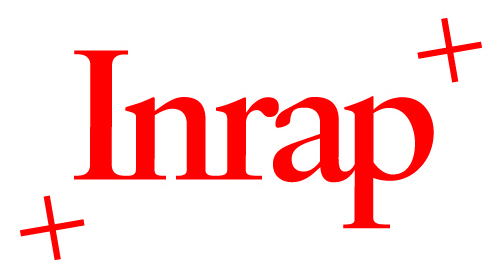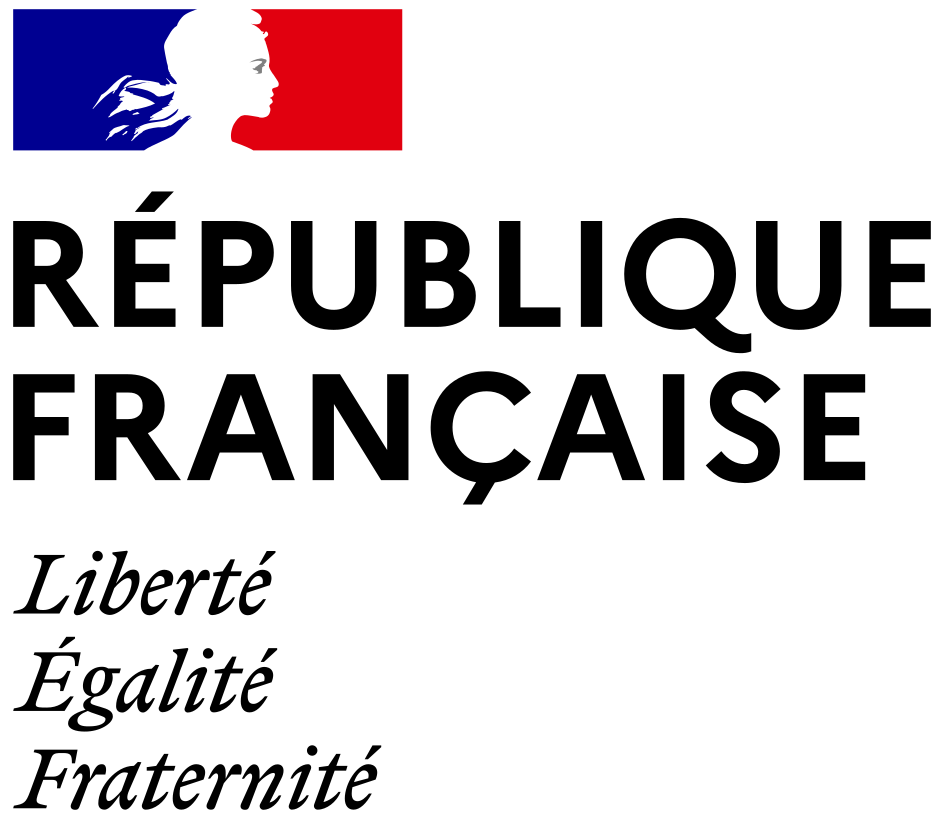Burying Children in Iron Age Normandy: The Unusual Case of the Necropolis of Urville-Nacqueville, Second Century BC
Résumé
Ten kilometres west of Cherbourg, Normandy, the shore of Urville-Nacqueville houses a major necropolis of the second century BC. The excavations revealed 112 graves, including 80 particularly well-preserved immature individuals with both cremation and inhumation being used contemporaneously. Using an osteobiographical approach on a corpus composed of 46 of the 86 inhumed individuals, the present work aims to assess the biological identity of the deceased and to question the different treatments observed. The spatial and genetic data highlight a specific treatment directed towards the youngest individuals and connected to social status among this population. The dichotomy between cremation and inhumation appears to be linked to age at death but also points towards the presence of two distinct entities which selected different funerary treatments for the youngest children. The use by these two entities at the same space adds a further layer of complexity to the study of immature individuals.
Mots clés
Burial technique
Iron Age Archaeology
Normandy
Burial practices
Funerary Treatments
Juvenile burials
Child Burial
Non-Adult Graves
Necropolis of Urville-Nacqueville
Funerary Rituals
Mortuary Analysis
Archaeothanatological approach
Second century BC
Inhumation burials
Cremation burials
Osteobiographical approach
Immature individuals

